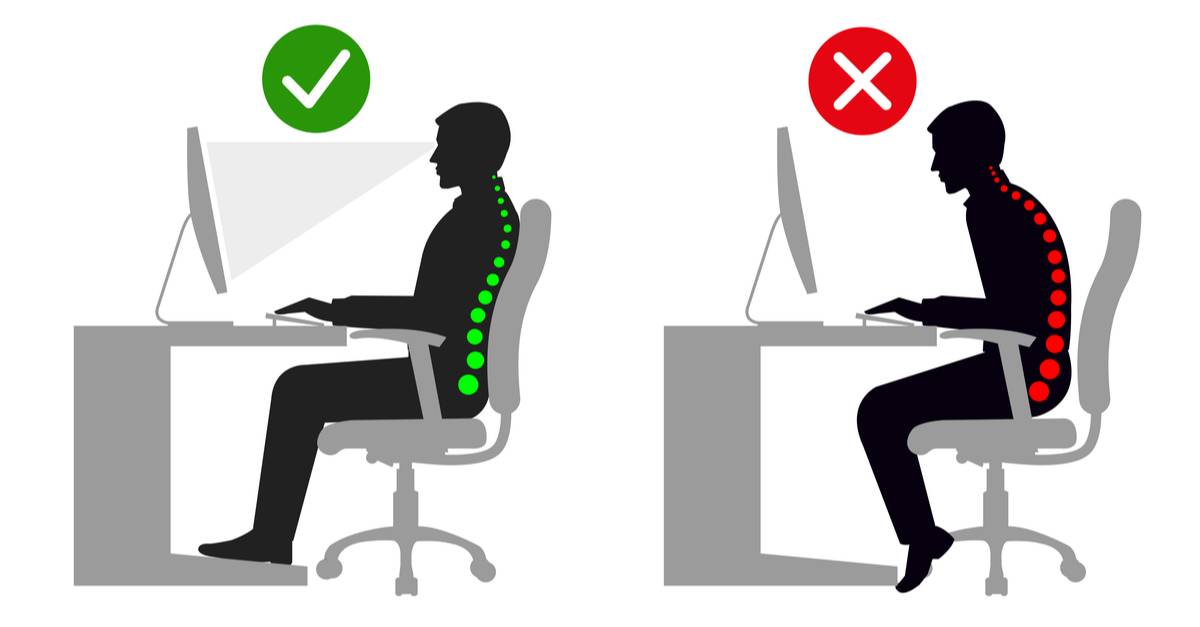

Seeking Work Bliss? How Does Ergonomics Create a Productive Haven?

Ergonomics is the science of designing and arranging workspaces and equipment to maximize productivity and minimize discomfort or injury. By creating a more ergonomic work environment, employers can help employees find work bliss, leading to increased productivity, job satisfaction, and overall well-being.
One way ergonomics creates a productive haven is by promoting proper posture and reducing musculoskeletal disorders (MSDs). For example, an ergonomic office chair with adjustable height, lumbar support, and armrests can help maintain a neutral spine position, reducing the risk of back pain and related MSDs. Similarly, an adjustable desk that allows employees to switch between sitting and standing positions can prevent the negative health effects of prolonged sitting, such as obesity, cardiovascular diseases, and lower back pain.
Another aspect of ergonomics is optimizing the workspace layout to minimize unnecessary movements and improve workflow efficiency. For instance, placing frequently used items within easy reach and organizing them in an ergonomic manner reduces the need for employees to stretch or strain to access them. This not only saves time but also reduces the risk of repetitive strain injuries (RSIs) like carpal tunnel syndrome.
Proper lighting is another important aspect of ergonomics that can significantly impact productivity and well-being. Natural light is ideal, as it reduces eye strain and positively affects mood and alertness. However, when natural light is limited, artificial lighting should be carefully designed to minimize glare, shadows, and flickering, which can lead to eye fatigue and headaches.
Ergonomics also extends to the design of computer workstations. Adjustable monitor height, keyboard tilt, and mouse position can help prevent eye strain, neck pain, and wrist injuries. Additionally, using ergonomic keyboards and mice that promote a more natural hand and wrist position can reduce the risk of developing RSIs.
Employers can further enhance the ergonomic environment by providing training and education to employees. This can include educating them about proper posture, ergonomics principles, and the importance of taking breaks to prevent fatigue and promote mental well-being.
Several studies have highlighted the positive impact of ergonomics on productivity and employee satisfaction. For example, a study conducted by the University of California, Berkeley found that implementing ergonomic interventions in an office setting resulted in a 40% increase in productivity and a 94% decrease in employee-reported pain levels. Another study published in the Journal of Occupational Rehabilitation showed that ergonomic interventions led to a significant reduction in work-related injuries and absenteeism.
In conclusion, ergonomics plays a crucial role in creating a productive haven by promoting proper posture, reducing musculoskeletal disorders, optimizing workspace layout, ensuring proper lighting, and designing ergonomic computer workstations. By investing in ergonomics and providing a comfortable and healthy work environment, employers can enhance productivity, job satisfaction, and overall well-being.
Related Posts
© 2025 Invastor. All Rights Reserved

User Comments